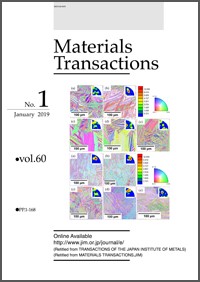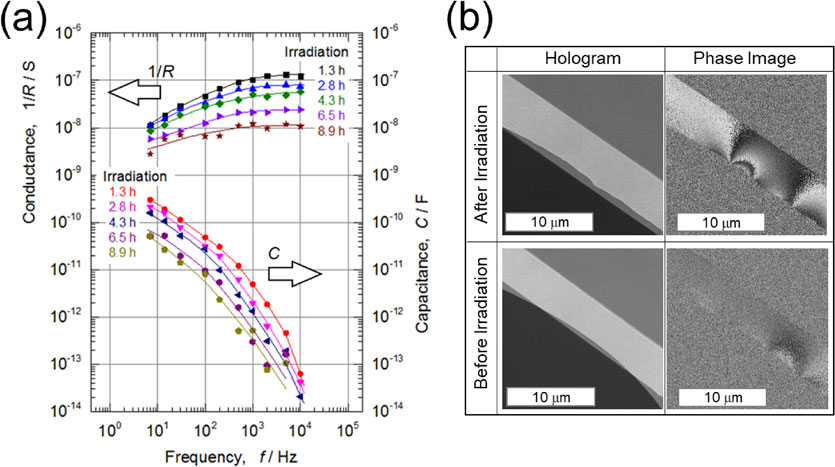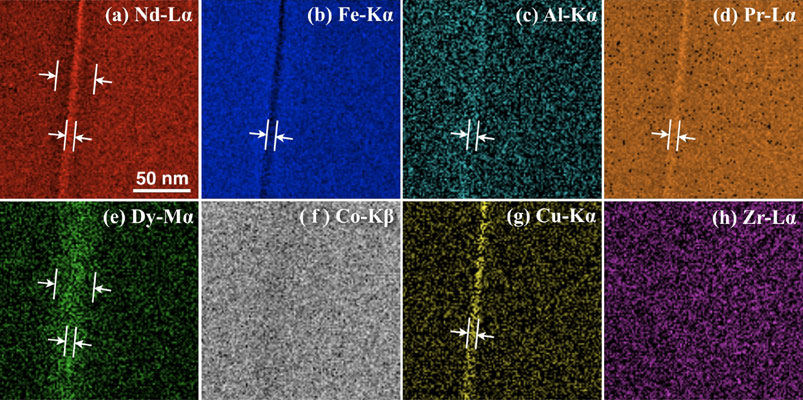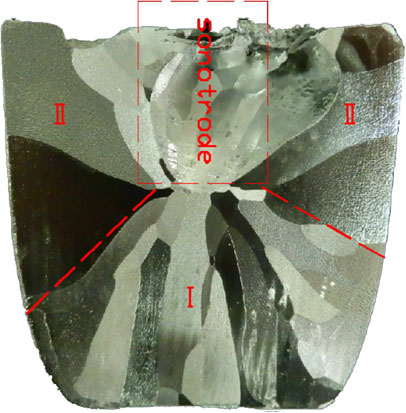61 巻, 3 号
選択された号の論文の20件中1~20を表示しています
- |<
- <
- 1
- >
- >|
Regular Article
Materials Physics
-
原稿種別: Regular Article
専門分野: none
2020 年 61 巻 3 号 p. 423-429
発行日: 2020/03/01
公開日: 2020/02/25
[早期公開] 公開日: 2020/01/31PDF形式でダウンロード (5487K) HTML形式で全画面表示
Microstructure of Materials
-
原稿種別: Regular Article
2020 年 61 巻 3 号 p. 430-437
発行日: 2020/03/01
公開日: 2020/02/25
[早期公開] 公開日: 2020/01/31PDF形式でダウンロード (6471K) HTML形式で全画面表示 -
原稿種別: Regular Article
2020 年 61 巻 3 号 p. 438-443
発行日: 2020/03/01
公開日: 2020/02/25
[早期公開] 公開日: 2020/01/20PDF形式でダウンロード (3041K) HTML形式で全画面表示 -
原稿種別: Regular Article
2020 年 61 巻 3 号 p. 444-448
発行日: 2020/03/01
公開日: 2020/02/25
PDF形式でダウンロード (3128K) HTML形式で全画面表示 -
原稿種別: Regular Article
2020 年 61 巻 3 号 p. 449-454
発行日: 2020/03/01
公開日: 2020/02/25
PDF形式でダウンロード (1365K) HTML形式で全画面表示 -
原稿種別: Regular Article
2020 年 61 巻 3 号 p. 455-461
発行日: 2020/03/01
公開日: 2020/02/25
PDF形式でダウンロード (6911K) HTML形式で全画面表示 -
原稿種別: Regular Article
2020 年 61 巻 3 号 p. 462-468
発行日: 2020/03/01
公開日: 2020/02/25
PDF形式でダウンロード (6484K) HTML形式で全画面表示
Mechanics of Materials
-
原稿種別: Regular Article
2020 年 61 巻 3 号 p. 469-474
発行日: 2020/03/01
公開日: 2020/02/25
PDF形式でダウンロード (3060K) HTML形式で全画面表示 -
原稿種別: Regular Article
2020 年 61 巻 3 号 p. 475-481
発行日: 2020/03/01
公開日: 2020/02/25
[早期公開] 公開日: 2020/01/31PDF形式でダウンロード (4304K) HTML形式で全画面表示 -
原稿種別: Regular Article
2020 年 61 巻 3 号 p. 482-489
発行日: 2020/03/01
公開日: 2020/02/25
PDF形式でダウンロード (5472K) HTML形式で全画面表示
Materials Chemistry
-
原稿種別: Regular Article
2020 年 61 巻 3 号 p. 490-496
発行日: 2020/03/01
公開日: 2020/02/25
PDF形式でダウンロード (3508K) HTML形式で全画面表示 -
原稿種別: Regular Article
2020 年 61 巻 3 号 p. 497-505
発行日: 2020/03/01
公開日: 2020/02/25
PDF形式でダウンロード (3319K) HTML形式で全画面表示 -
原稿種別: Regular Article
2020 年 61 巻 3 号 p. 506-514
発行日: 2020/03/01
公開日: 2020/02/25
PDF形式でダウンロード (3199K) HTML形式で全画面表示
Materials Processing
-
原稿種別: Regular Article
2020 年 61 巻 3 号 p. 515-521
発行日: 2020/03/01
公開日: 2020/02/25
[早期公開] 公開日: 2020/01/20PDF形式でダウンロード (3765K) HTML形式で全画面表示 -
原稿種別: Regular Article
2020 年 61 巻 3 号 p. 522-527
発行日: 2020/03/01
公開日: 2020/02/25
PDF形式でダウンロード (5431K) HTML形式で全画面表示 -
原稿種別: Regular Article
2020 年 61 巻 3 号 p. 528-533
発行日: 2020/03/01
公開日: 2020/02/25
[早期公開] 公開日: 2020/01/10PDF形式でダウンロード (1567K) HTML形式で全画面表示
Engineering Materials and Their Applications
-
原稿種別: Regular Article
2020 年 61 巻 3 号 p. 534-539
発行日: 2020/03/01
公開日: 2020/02/25
PDF形式でダウンロード (3360K) HTML形式で全画面表示 -
原稿種別: Regular Article
2020 年 61 巻 3 号 p. 540-547
発行日: 2020/03/01
公開日: 2020/02/25
[早期公開] 公開日: 2020/01/31PDF形式でダウンロード (3104K) HTML形式で全画面表示
Environment
-
原稿種別: Regular Article
2020 年 61 巻 3 号 p. 548-556
発行日: 2020/03/01
公開日: 2020/02/25
[早期公開] 公開日: 2020/01/10PDF形式でダウンロード (5204K) HTML形式で全画面表示
Express Rapid Publication
-
原稿種別: Express Rapid Publication
2020 年 61 巻 3 号 p. 557-560
発行日: 2020/03/01
公開日: 2020/02/25
PDF形式でダウンロード (1673K) HTML形式で全画面表示
- |<
- <
- 1
- >
- >|
















